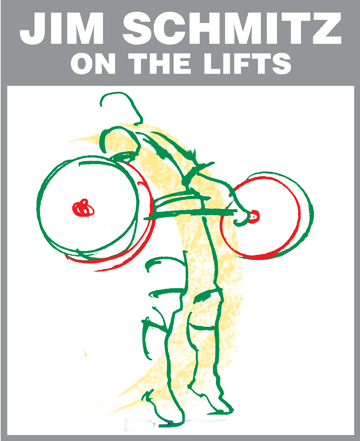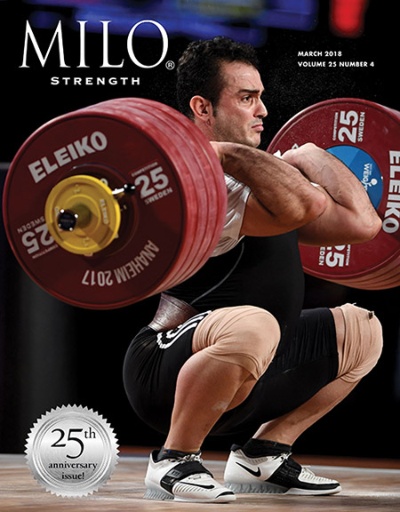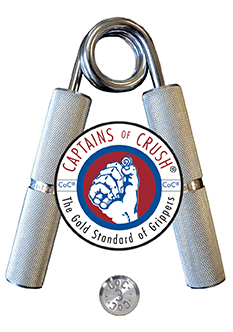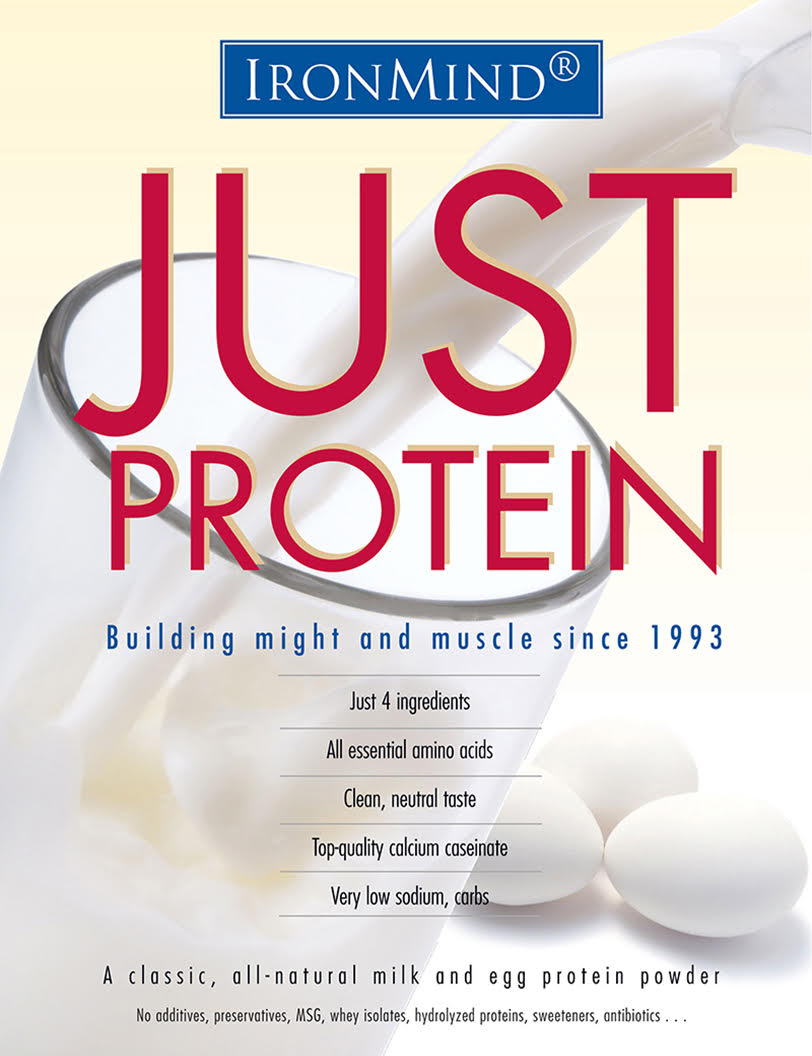
U.S. Olympic Weightlifting Team Coach 1980, 1988 & 1992 Author of Olympic-style Weightlifting for Beginner & Intermediate Weightlifters Manual and DVD
Jerk support and jerk support and recover are two exercises that I think are fantastic and yet not utilized enough. I first heard about them in Strength & Health magazine some time in the early 1960s. York Barbell Company had developed its power rack and was promoting its many uses, from isometrics to partial lifts. I go to many weight training and weightlifting facilities and see many modern power racks and none of them look like the old York power rack: 8' tall with 6" between the support racks. I wonder why? Anyway, let me discuss the jerk support and jerk support and recover.
The jerk support is done by placing the bar in the rack at just above your head, maybe an inch or two above; if it is your first time I recommend 2 inches above your head. As you get better at it you lower the starting position, but not any lower than your head. You use your clean and jerk grip and your feet are hip-to shoulder-width apart. Squat directly underneath the bar with your arms extended and locked out directly above your ears, shoulders, hips, and ankles. Your arms, head, body, hips, and ankles must be directly in line under the bar in what is called the power position. The power position is the position where you catch or receive your power snatch and clean: approximately a quarter squat. Tense or tighten up all your muscles, and then stand up by pushing up with your arms and down with your legs. Practice a few times with a naked bar; then start adding weight. It will surprise you how wobbly you are at first. When you are fully erect, hold the weight for 2 seconds or so: the bar should be directly over your ears, shoulders, hips, knees, and ankles. Lower the bar under control and repeat.
The jerk support and recover is different from the jerk support in that you start from the jerk split position and then recover to the standing position with your feet in line directly underneath the bar. You are trying to simulate your actual split jerk recovery; it won't be exact, but come as close as you can. Get your jerk grip, set your feet in your split position, and make sure you are directly underneath the bar with your arms straight and locked directly in line with your ears, shoulders, and hips. Tense up your muscles as in the jerk support and slowly and deliberately recover, bringing your feet in line as you stand up. This is actually quite tricky and has to be done in small steps: front foot comes back a little, back foot comes forward a little, front foot back a little more, and then the back foot comes forward and should be in line with the other foot. This may not be done as you would normall recover, but it is still very beneficial. This exercise really helps you develop control of the barbell over your head and will help you save record jerks.
The first few times you do the jerk support and jerk support and recover you will be all over the place. It's quite comical and always gets a smile and a laugh from first-timers and those watching. My 8' York imitation rack is only 6" between the supports and you are not supposed to hit them or slide up them—you are supposed to lift the weight without touching the racks, but everyone always hits the racks the first few times. I used to say that for every time you hit the racks you buy me a beer, but I had to stop that as I could never drink that much beer.
I recommend that you master the jerk support before going on to the jerk support and recover. I would also recommend that you only do the jerk support or the jerk support and recover once a week. Also, I like to have my lifters do the jerk support for 4 weeks then switch over to the jerk support and recover for 4 weeks then repeat with the jerk support. For reps and sets, I like 2 reps working up to a training weight and doing 3 sets of 2 reps. For example, if you clean and jerk 140 kg, you might do the following in the jerk support: 110 x 2, 130 x 2, 150 x 2, 160 x 3 x 2. For the jerk support and recover: 100 x 2, 125 x 2, 135 x 2, 145 x 3 x 2. You will handle less in the jerk support and recover as it is a more difficult movement. Also, how much weight you are able to lift will depend on the height at which you place the bar: the higher up the more weight.
I'm very surprised that I don't see more lifters and strength athletes do these two exercises. When you hold a very heavy weight over your head, every muscle in your body has to work, from your nose to your toes. The benefits are tremendous for developing tendon and ligament strength without the risk of injury as you are moving the weight a relatively short distance in the safety of a power rack. I do have to say there is one downside and that is loading and unloading the barbell. It's a fair amount of work lifting all the plates up and over your head and putting them on the bar and then taking them off. Maybe that's where you get all the strength development.
Enjoy and have fun doing the jerk support and jerk support and recover. I'm sure by doing them, IF you clean it, you WILL jerk it!

















